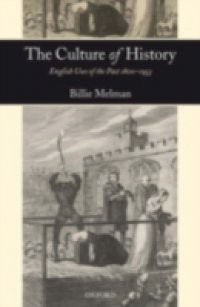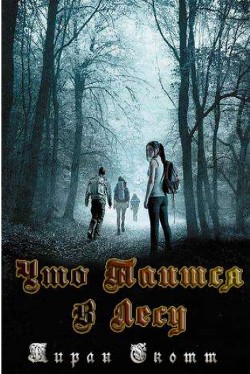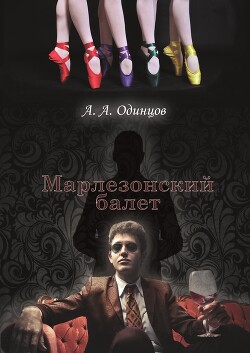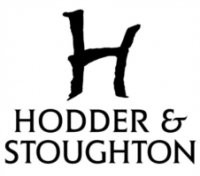In this original and widely researched book, Billie Melman explores the culture of history during the age of modernity. Her book is about the production of English pasts, the multiplicity of their representations and the myriad ways in which the English looked at history (sometimes in the most literal sense of 'looking') and made use of it in a social and material urban world, and in their imagination. Covering the period between the Napoleonic Wars and the Coronation of 1953, Melman recoups the work of antiquarians, historians, novelists and publishers, wax modellers, cartoonists and illustrators, painters, playwrights and actors, reformers and educationalists, film stars and their fans, musicians and composers, opera-fans, and radio listeners. Avoiding a separation between 'high' and 'low' culture, Melman analyses nineteenth-century plebeian culture and twentieth-century mass-culture andtheir venues - like Madame Tussaud's Chamber of Horrors, panoramas, national monuments like the Tower of London, and films - as well as studying forms of 'minority' art - notably opera. She demonstrates how history was produced and how it circulated from texts, visual images, and sounds, to people andplaces and back to a variety of texts and images. While paying attention to individuals' making-do with culture, Melman considers constrictions of class, gender, the state, and the market-place on the consumption of history. Focusing on two privileged pasts, the Tudor monarchy and the French Revolution, the latter seen as an English event and as the framework for narrating and comprehending history, Melman shows that during the nineteenth century, the most popular, longest-enduring, and most highly commercialized images of the past represented it not as cosy and secure, but rather as dangerous, disorderly, and violent. The past was also imagined as an urban place, rather than as rural. In Melman's account, City notgreen Country, is the centre of a popular version of the past whose central Images are the dungeon, the gallows, and the guillotine.




















